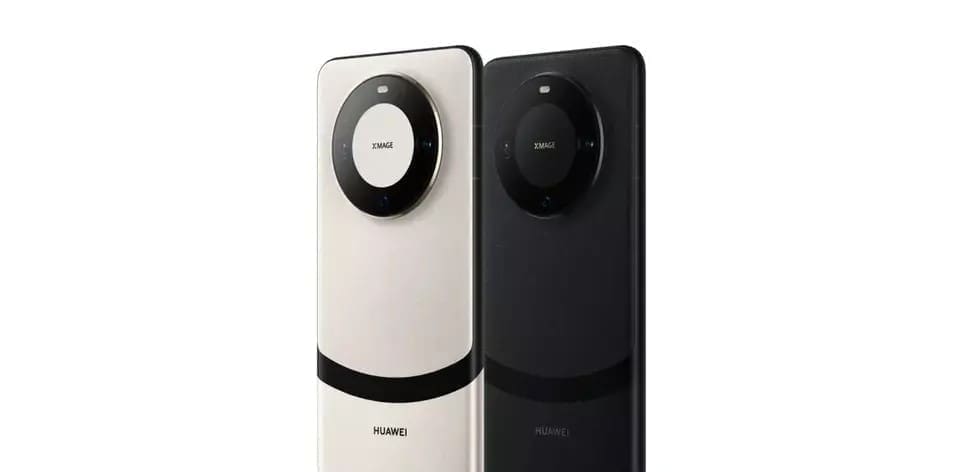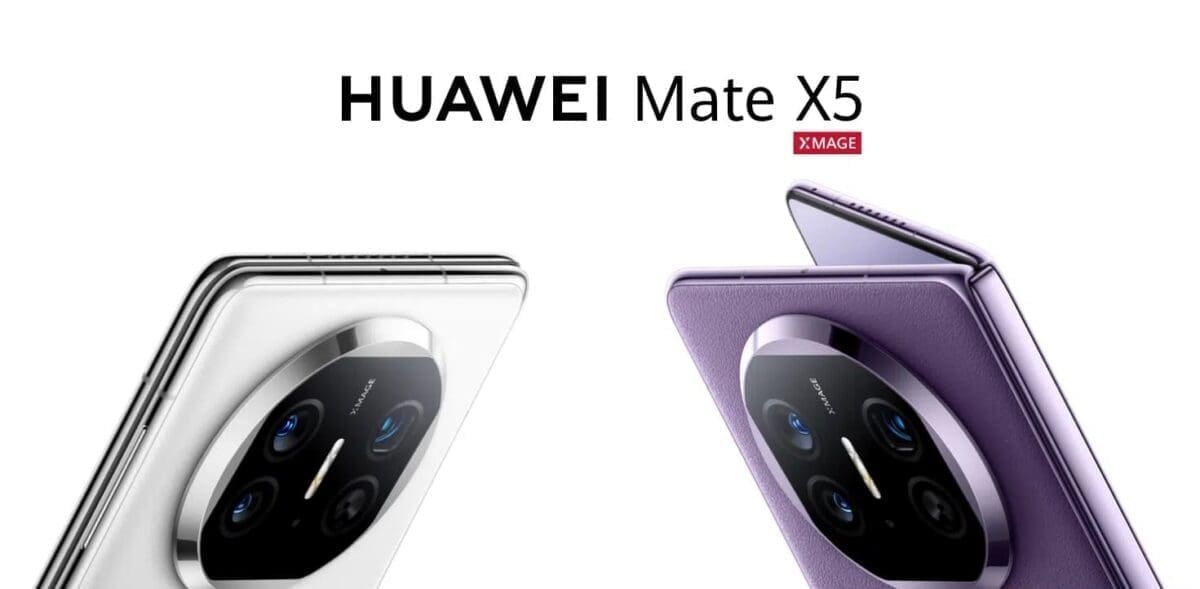A new series of smartphones released by the Chinese company Huawei has garnered global attention due to their inclusion of technology suggesting that the company has managed to overcome US sanctions and could potentially compete with Apple.

In late August, the company unveiled two phones, the Mate 60 and the Mate 60 Pro, on Friday, they introduced a third phone in the series, the Mate 60 Pro+, additionally, they launched their new foldable phone, the Mate X5.
The starting price for the Mate 60 is 5,999 yuan ($817.70), which is the same price as Apple’s iPhone 14 in China.


A recent Reuters report highlights some key aspects to know about Huawei’s new phones, their suppliers, and what they could mean for the world’s largest smartphone market.
Huawei has primarily announced the smartphones’ ability to support satellite communications, allowing users to make calls or send messages even in areas without mobile phone or internet signals, such as mountains or at sea.
However, the company has not disclosed details about the chips used, nonetheless, TechInsights, an analysis firm, found that the phone is powered by a new Kirin 9000s chip manufactured in China by SMIC (Semiconductor Manufacturing International Corporation).
Speed tests conducted by Chinese users on social media indicate that the Mate 60 Pro can provide download speeds exceeding those found in leading 5G-supported flagship phones.
Chinese consumers who compared the phones to Apple’s iPhone 14 noted comparable specifications in terms of storage and memory.
Huawei’s launch also comes just days before Apple is expected to release its new iPhone 15 series on September 12.
Although Huawei has not officially disclosed the suppliers of the phone’s components, TechInsights found Chinese-made components, including DRAM and NAND memory, from South Korean company SK Hynix in the Mate 60 Pro. SK Hynix stated that they are looking into the matter, but they had previously stopped dealing with Huawei after US restrictions were imposed in 2019.
TechInsights also mentioned that the Mate 60 Pro contains more Chinese-made chip components than previous models.
Potential Chinese suppliers’ lists have been widely circulated online, with rising stock prices for companies speculated to be potential suppliers due to these speculations.
Visionox Technology, based in Suzhou, a company that has seen its shares rise by 15% since the new smartphones were launched on August 29, told Reuters that it supplies displays for the new Mate 60 series.
Huawei was once the world’s largest smartphone manufacturer by sales, but it has witnessed a steady decline in its market share after the US cut off its access to crucial semiconductor manufacturing tools for advanced smartphones, the company is now limited to selling limited batches of 5G models using stockpiled chips.
Its market share in China, the world’s largest smartphone market, has fallen to 11% so far this year, down from 27% in 2020, partially due to its move to sell its budget Honor brand as a way to secure its survival.
US restrictions have paved the way for Apple to become the major player in China’s premium smartphone market, during the same period, Apple’s market share in China increased from 11% to 19%, according to data from Counterpoint Research.
Analysts believe that the Mate 60 phone may mark Huawei’s return as a competitor, with support from patriotic consumers amid government-backed media celebrating the launch as a blow to the United States amid escalating tensions between Washington and Beijing.
Ming-Chi Kuo, an analyst at TF International Securities, whose name has been linked to Apple leaks, expects Huawei to ship between 5.5 million and 6 million units of the Mate 60 Pro in the second half of this year, a 20% increase compared to previous plans.
Cumulative shipments of the Mate 60 Pro could reach at least 12 million units after 12 months from its launch, according to Kuo.

